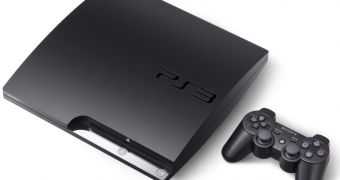Nintendo took the unprecedented step of cutting the price of the 3DS handheld, launched just this year, by between 30 and 40 percent depending on the territory in order to revive falling sales.
Sony seems to be starting a tradition by announcing yet another price cut for the PlayStation 3 home console at the Gamescom 2011 event, allowing interested players to pick up one of its devices for the low price of 249.99 dollars, which is just about the same as they will pay for the Vita handheld.
Microsoft might also be thinking about bringing down the price for its own Xbox 360 to make sure that it keeps its sales lead.
The big question is: do these price cuts really help the devices affected in the long term and, more importantly, do they help the video game industry in its entirety?
The obvious answer would seem to be a loud and reassuring “Yes!” because lower prices mean more sales for the hardware makers and, automatically, a bigger install base for those who are creating games and then selling them.
It also makes sense for the customer, who gets to benefit from the lower cost of components and manufacturing, and for those who deliver services for the devices, from Netflix to Hulu and others.
But cutting prices raises quite a few problems.
When a hardware developer launches at the price of, let's say, 500 dollars and then in less than one year goes down to 350, the informed customer takes away the message that it's not worth picking up any new platform on launch.
Cutting the price later and in stages, like Sony has done with the PlayStation 3, the side effect is that the initial install base is lower than it could be, which harms the mother company and publishers using the platform.
An obsession with pricing is not a substitute for creating good consoles and Nintendo, Microsoft and Sony need to learn to spend more time adding features to their devices and less planning when to surprise the competition and the market by taking the price tag down by another 50 dollars.

 14 DAY TRIAL //
14 DAY TRIAL //